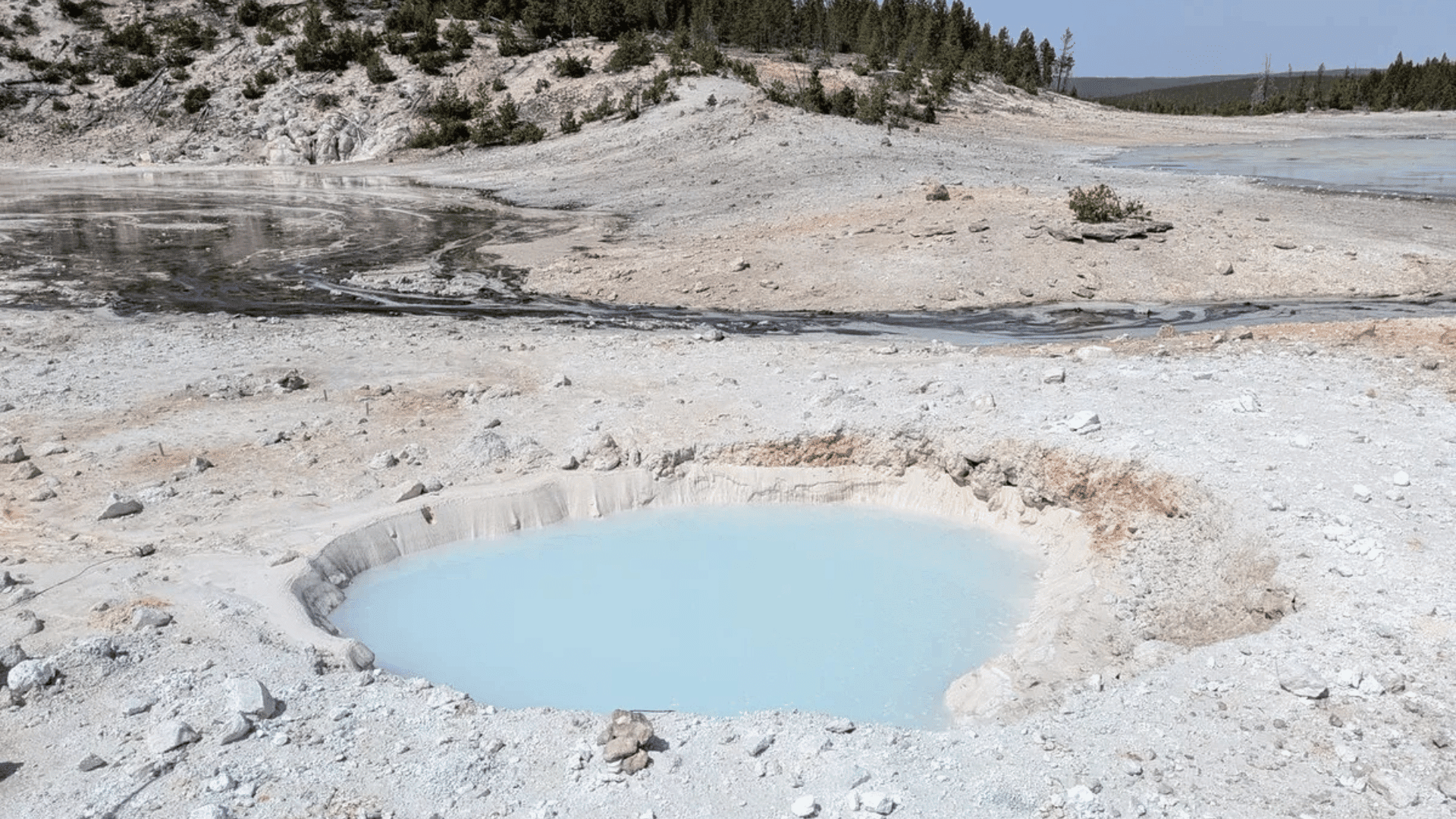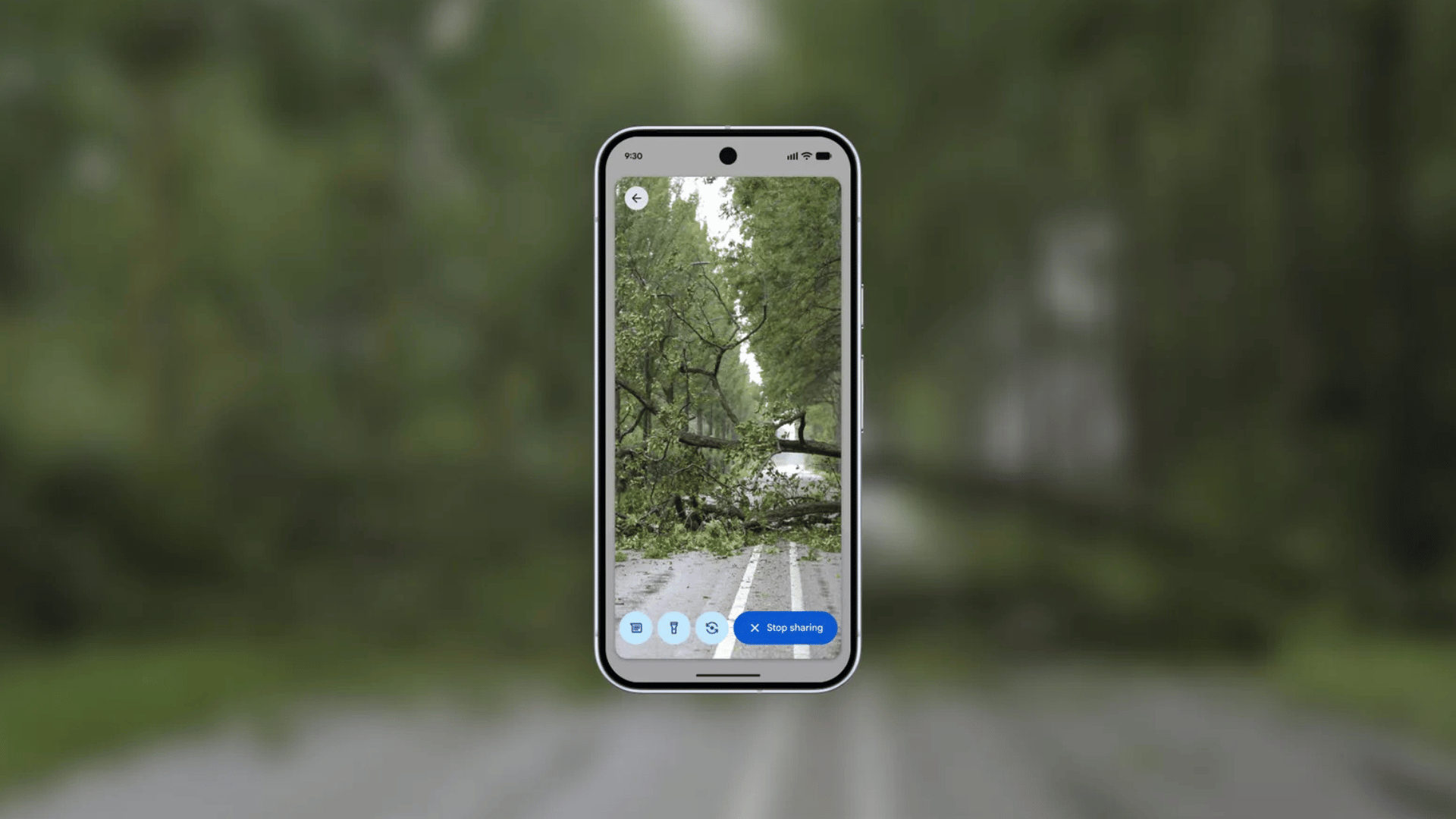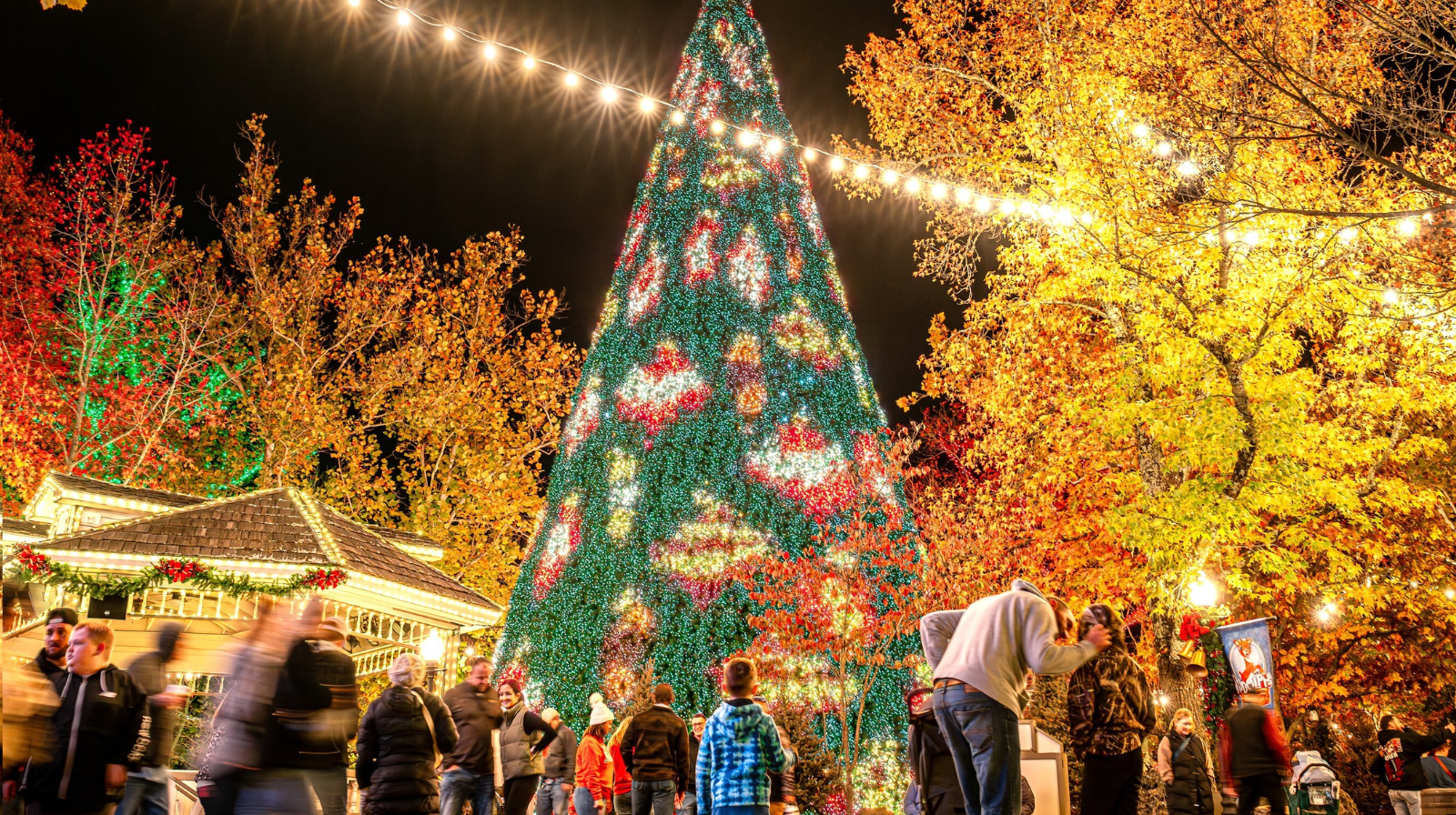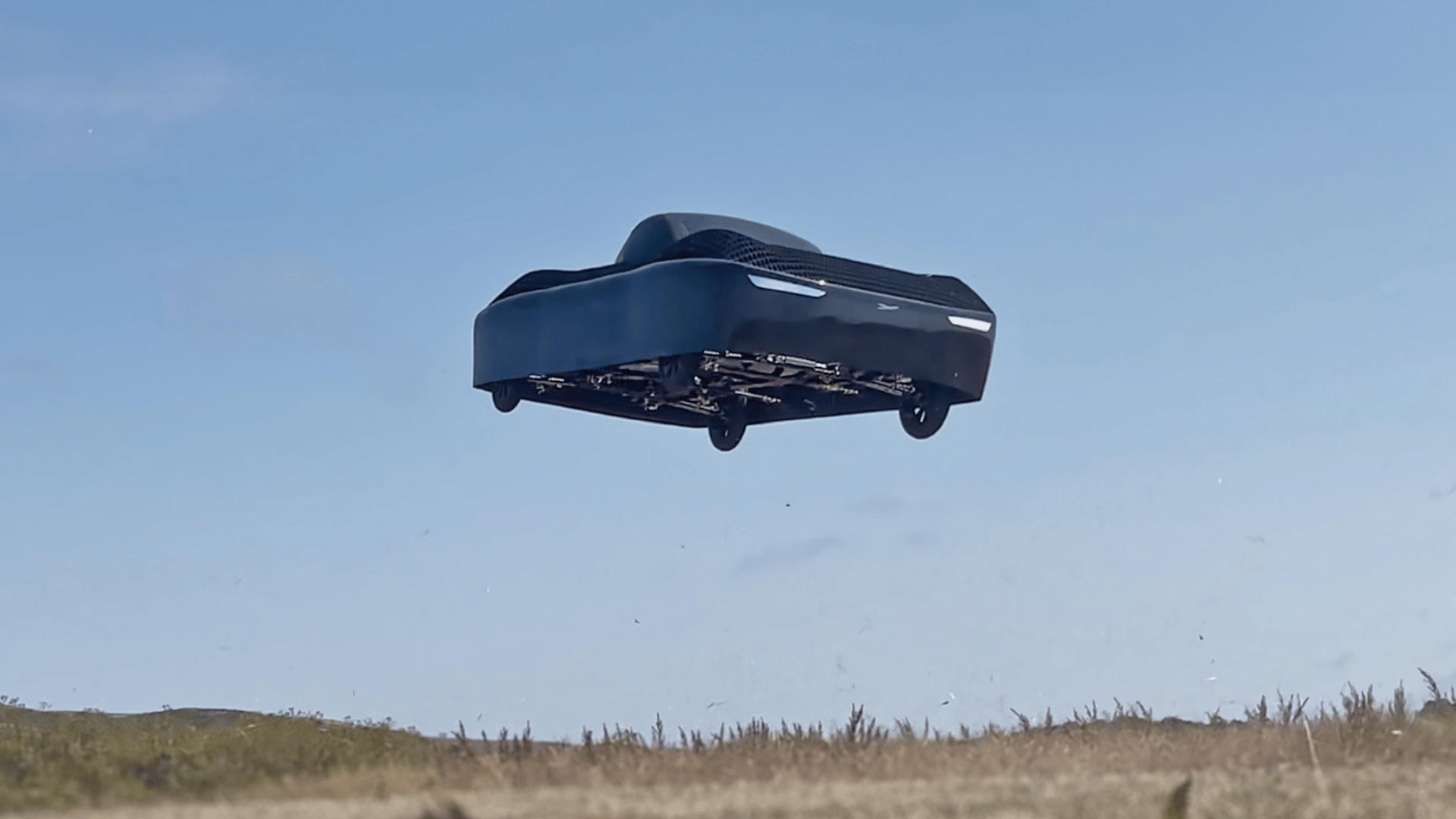According to new satellite images, a hydrothermal explosion in Yellowstone National Park has resulted in a new hole that’s filled with chalk blue water.
New Thermal Hole in Yellowstone

A team of USGS geologists discovered the new pool within a smaller subbasin of Norris Geyser Basin, an area described as “the hottest, oldest, and most dynamic” thermal area in Yellowstone. The new hole measures 13 feet (4 meters) in diameter and is filled with water that’s about 109°F (43°C).
Researchers who discovered the hole found that it was surrounded by rocks covered in a fine dust, which indicates that it was recently blown open by a hydrothermal explosion. According to IFL Science, these types of explosions happen when superheated water beneath the Earth’s surface builds up pressure and breaks through the ground.
Factors such as seasonal thaw, seismic activity, or gradual weakening of rock by acidic hydrothermal fluids can trigger these explosions. USGS geologists set out to determine when the new Yellowstone hole first formed.
Using satellite imagery, which offers before and after images, they were able to narrow down the time frame. Additionally, they reviewed geophysical data from on-site monitoring stations, which track signs of earthquakes, explosions, or underground activity.
Satellite data revealed that there was no visible depression by December 19th, 2024, but that a shallow depression had formed by early January 2025. The images showed that the feature had fully developed by February 13, 2025.
USGS concluded that Yellowstone’s new blue water spring “probably formed in a series of mildly explosive events” between late December 2024 and February 2025.
The team also noted that data from monitoring stations registered low-level acoustic signals on December 25th, January 15th, and February 11th. Notably, however, these recordings weren’t accompanied by any seismic activity, which would typically be expected with a hydrothermal explosion of this nature.







